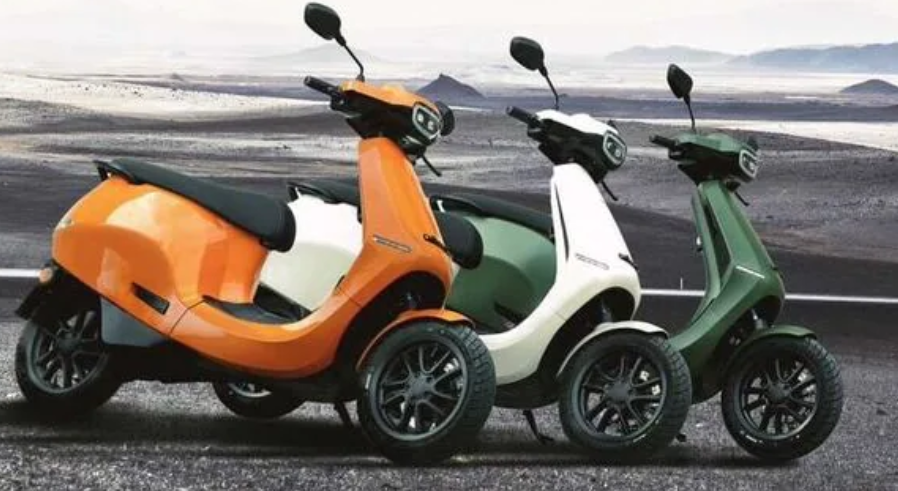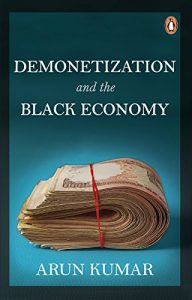
Jan 2 business briefs: Electric two-wheelers sales fell by a fourth in Dec

The December GST kitty is ₹1.5 lakh crore, up 15 per cent from the previous month
The increase in GST collection is wonderful news for the economy, but it is primarily because of record-high inflation. Nearly 8 per cent of the current growth is attributable to higher inflation. When adjusted for inflation (in real terms), the increase in consumption is just 2 per cent higher than before the epidemic. So, the increase in consumption has less of an impact on record GST collections than rising inflation and price increases, which is one of the main reasons for record GST collections.
Also read: GST mop-up rises 15% in Dec, crosses ₹1.4 L-Cr mark for 10th straight month
Passenger vehicle sales record 3.8 million sales, surpassing the pre-COVID peak
PV demand has mainly remained unaffected since OEM order backlogs have remained stable. But discount schemes and benefits from OEMs have increased by up to ₹65-75k per unit, which is the most in three to four years. This is mostly for lower-end models.
According to Motilal Oswal research analysts, “MSIL has a backlog of over 340k vehicles, with the Grand Vitara accounting for 15 per cent to 17 per cent of the bookings.” Both the Grand Vitara (seven to eight months in the making) and the Brezza (five to six months in the making) are gaining traction. The waiting period for new launches such as the XUV700 (up to 12 months), Scorpio N (up to 8 months), and Scorpio Classic (up to 6 months) is extended for M&M, particularly in the high-end market; nonetheless, the cancellation rate is 17 per cent to 18 per cent. The Nexon waiting period at Tata Motors is three to four months. Even though there is a big backlog of orders, all OEMs offer discounts and benefits that are as high as ₹65–75/unit (three to four years high). PV OEMs have an average inventory of 30 days. However, after two to three months of steady recovery, 2W demand weakened again in December ’22.
Sales of electric two-wheelers fell by a fourth in December
As a result of the government halting the disbursement of ₹1,100 crore in subsidies to about six manufacturers, including Hero Electric and Okinawa Autotech, EV sales have dropped to 59,554 units in December from 76,544 in November. The subsidy payments ceased in April 2022 due to violations of municipal standards for value addition. This could result in a decline in volume for the entire fiscal year (April to March 2023) and a failure to meet the Niti Aayog goal of 1 million electric two-wheelers.
Bhavish Aggarwal, founder and CEO of Ola Electric, stated recently that the government should stop providing incentives to electric two-wheeler manufacturers after their market share hits 10 per cent. But the fact that some firms have stopped getting subsidies shows that subsidies are a big reason for the most growth.
Also read: January 2023 will bring in new bank rules and expenses; know about these now
Domestic and international air traffic witnesses a steady rise in December 2022
International air travel increased 13 per cent month over month to 27.1 lakh passengers, while domestic air traffic grew 10 per cent month over month to 128.7 lakh passengers. Domestic air traffic for Q3 (Oct.–Nov.–Dec., 2022) of FY23 is up 19 per cent from Oct.–Dec., 2021, to Oct.–Dec., 2022, reaching 359 lakh passengers. More Indians are taking advantage of the holiday season to travel, which has increased air traffic. Leisure travel is driving the growth of air traffic, but this can’t go on for long because business travel, which should be the main business, isn’t happening right now.
SC verdict on demonetisation today
On Monday (January 2), the Supreme Court will rule on a group of petitions contesting the Center’s decision to demonetise ₹500 and ₹1,000 currency notes in November 2016. The government’s abrupt decision resulted in the collapse of several MSME industries and the loss of tens of thousands of jobs across the country. Even though the Center supported the decision because it was intended to eliminate black money, nearly all of the money (more than 99 per cent) that was invalidated was returned to the banking system.
 Of the invalidated notes worth ₹15.41 lakh crore, ₹15.31 lakh crore were returned. According to Arun Kumar, the Malcolm Adiseshiah Chair Professor at the Institute of Social Sciences and author of the book, Demonetisation and the Black Economy, demonetisation was an ill-advised action that failed to achieve any of its objectives, even after the goalposts were moved. However, it severely harmed the economy, particularly the unorganised sector. The ruling party was aware of this and did not highlight it as a victory in later elections.
Of the invalidated notes worth ₹15.41 lakh crore, ₹15.31 lakh crore were returned. According to Arun Kumar, the Malcolm Adiseshiah Chair Professor at the Institute of Social Sciences and author of the book, Demonetisation and the Black Economy, demonetisation was an ill-advised action that failed to achieve any of its objectives, even after the goalposts were moved. However, it severely harmed the economy, particularly the unorganised sector. The ruling party was aware of this and did not highlight it as a victory in later elections.
As per the Supreme Court’s cause list for today, there will be two judgments, one by Justice B R Gavai and the other by Justice B V Nagarathna, according to the court’s agenda. A five-judge constitution bench chaired by Justice S Abdul Nazeer reserved its decision on December 7 after hearing the petitioners’, the Center’s, and the Reserve Bank of India’s (RBI) lengthy arguments.


